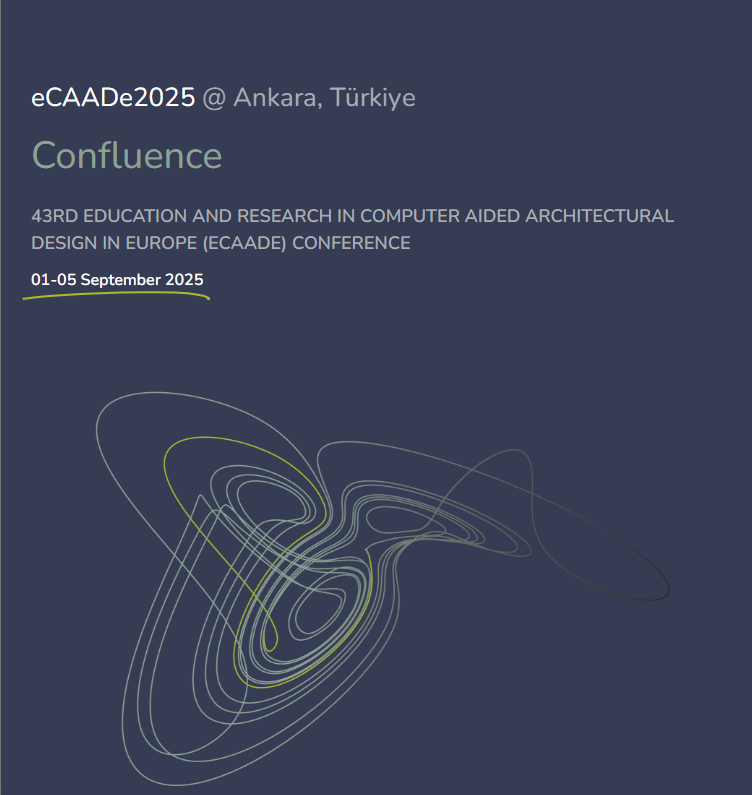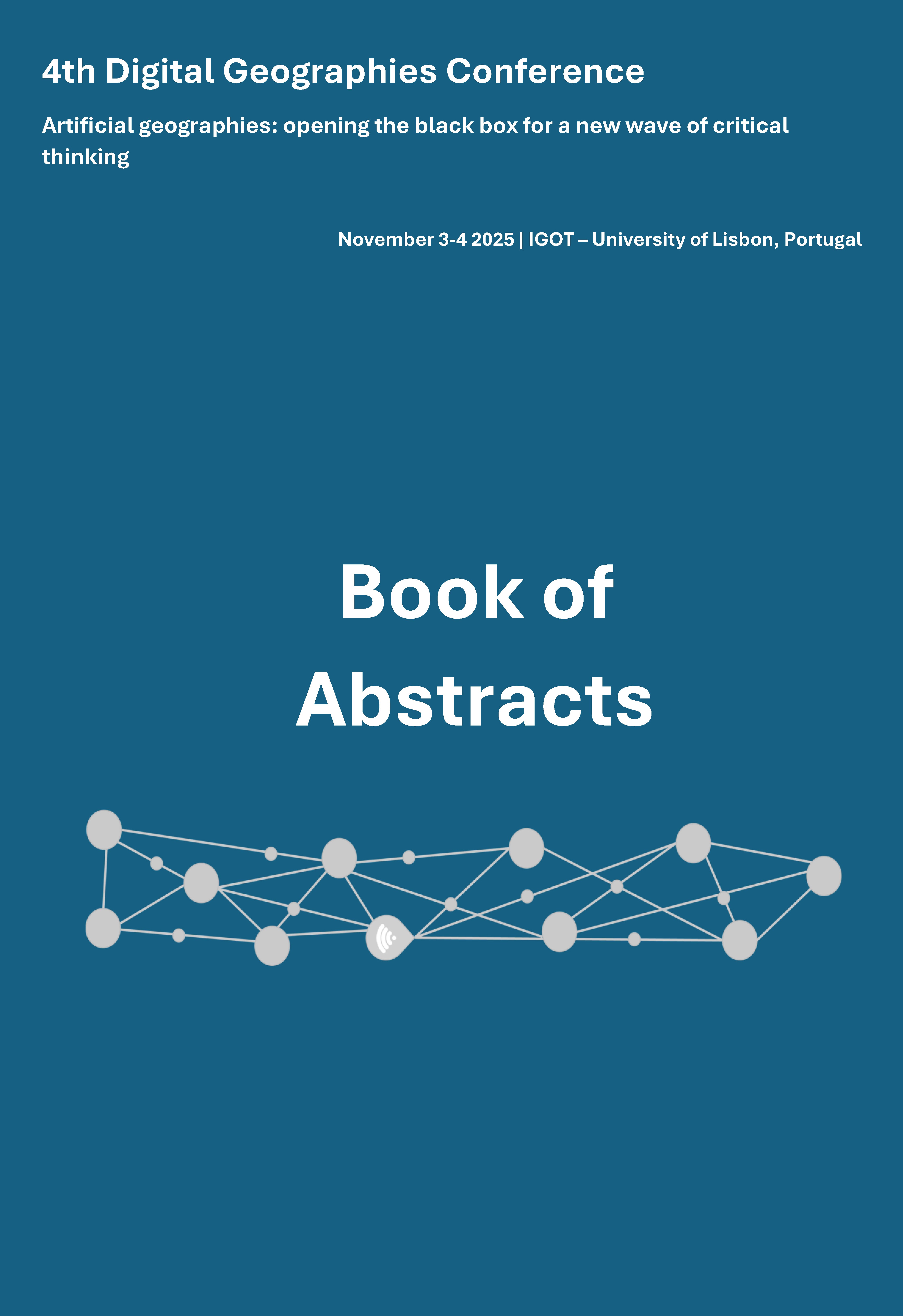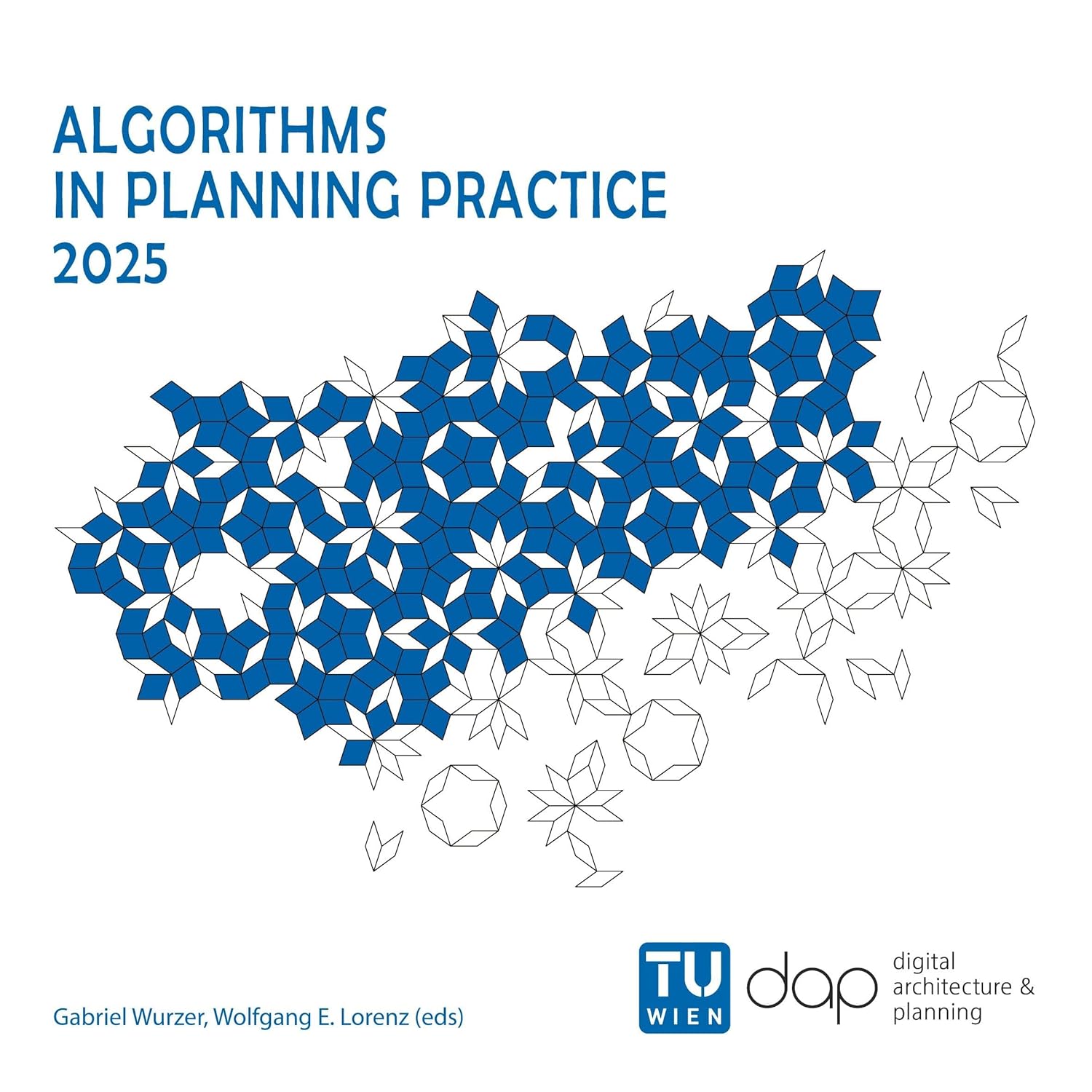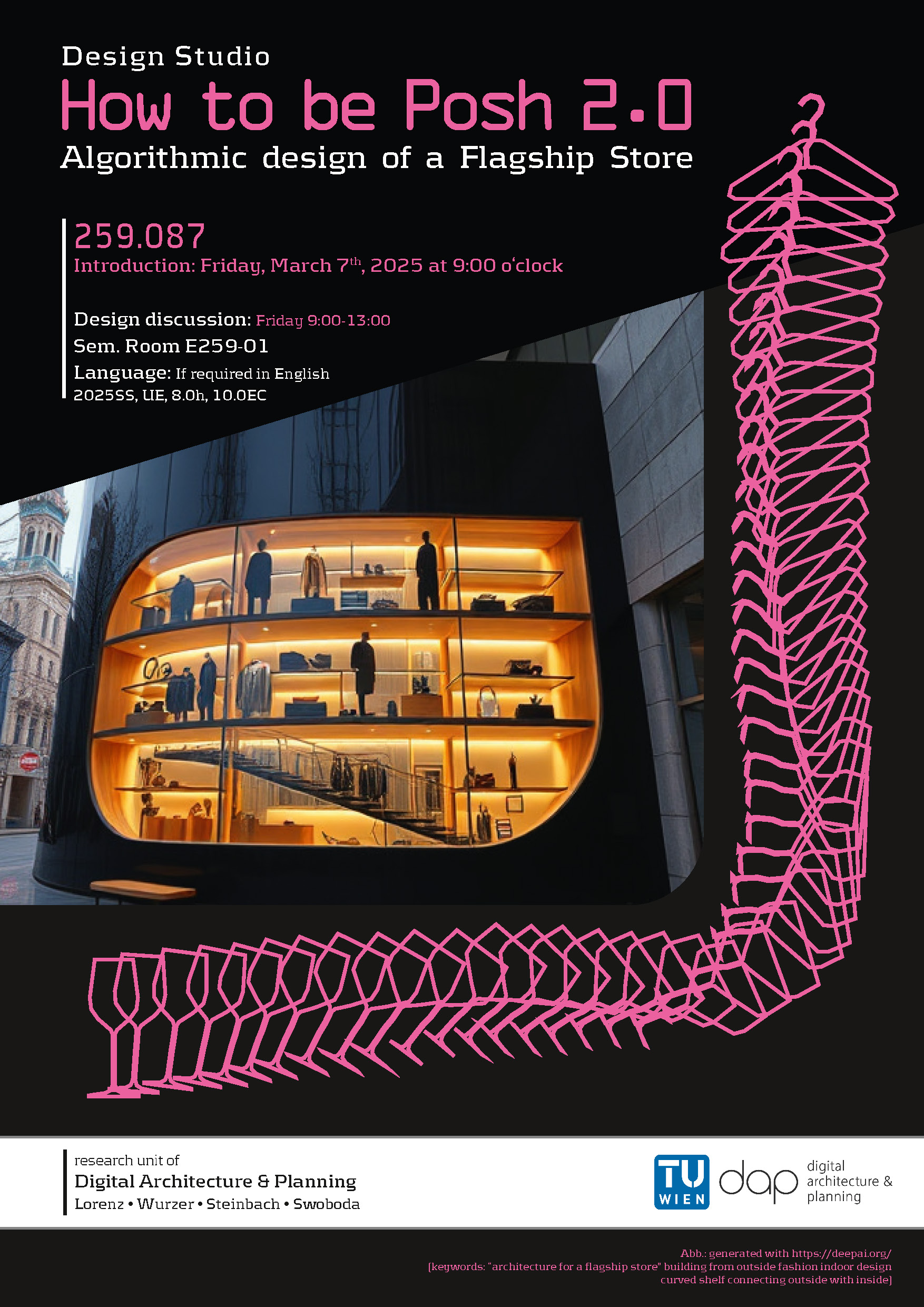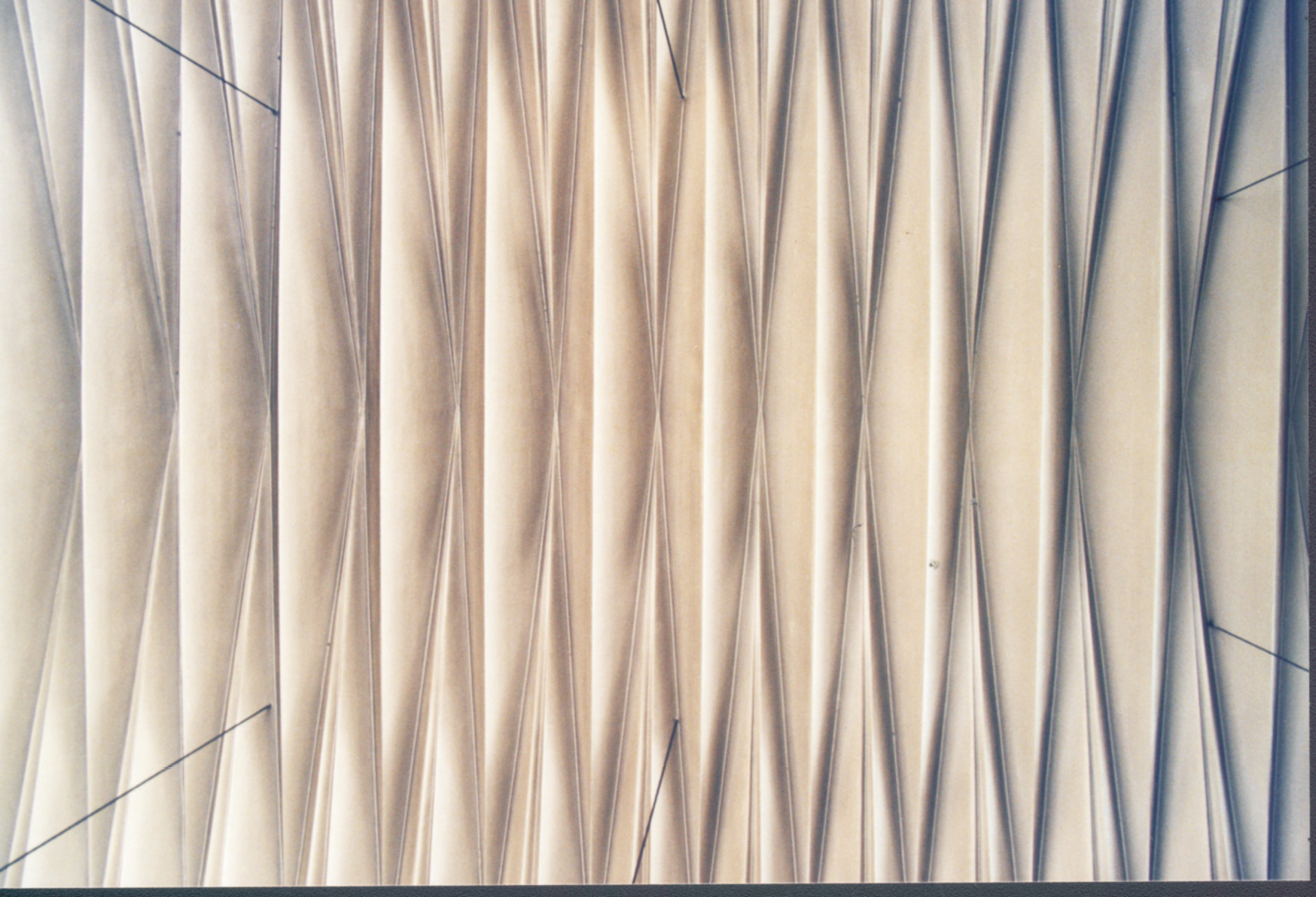2.2.3 Characteristics - A Fractal is Infinitely Complex
Fractals are highly complex, that means zooming in will bring up more and more details of the object, a characteristic that continues until infinity.
Chaotic fractals: Already in the 20ies of the 20th century the French mathematicians Gaston Julia and Pierre Fatou concerned themselves with the question of fractal geometry. Both examined what would happen to a point “Z” of the complex number-plane if the transformation ![]() was repeatedly applied to it[01] . Gaston Julia discovered that calculating the function repeatedly might deliver unforeseen “chaotically” results.
was repeatedly applied to it[01] . Gaston Julia discovered that calculating the function repeatedly might deliver unforeseen “chaotically” results.
It was only in the 70ies that Mandelbrot[02] could show the results of the formula as a picture, which needed the high capacity of computers. The Mandelbrot set is similar from scale to scale, which means zooming closer to the details there will always come up new parts looking similar to each other and sometimes to the whole - see picture 07. The only limits are limits of capacity and, resulting from this, rounding mistakes by the computer, but also limits of the visual medium.
For further information about Julia sets and the Mandelbrot set see chapter “3.2 Chaotic Fractals”.

